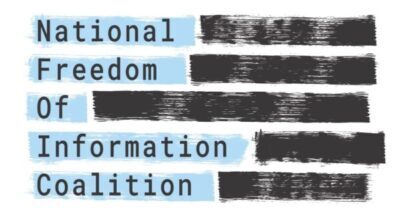It's election season, and many candidates are on a "listening campaign" and kissing babies all over in the run-up to voting day in November (and let's not forget early voting). Although not a "sexy" topic, and although the operations of a procurement department may not be a hot talking point during in a follow-up to a stump speech, how your school district, local government or state agencies operate reflects the policies of the politicians who were elected to run those agencies. My colleague Erica Harrison and I have worked with federal, state and local government agencies, and the sophistication and transparency vary widely among and within all levels of government. Whether the agencies are open and transparent, or secretive and closed, goes a long way in showing whether you elected someone representing the people or special interests.
Procurement departments are responsible for seeking out, selecting and purchasing large quantities of goods and services for public consumption. Companies of various sizes submit bids on public contract opportunities by offering competitive prices, unique qualities or innovative approaches to meeting a department's needs. The estimated values of these procurements (e.g., fiber optic equipment, teacher professional development and student textbooks, restaurants in government buildings) can range from a few thousand dollars to hundreds of millions of dollars and are likely procured through some public proposal process–a process that, obviously, requires taxpayer dollars to administer and could put taxpayer dollars at risk if not done properly. The best procurement departments have protocols for public contracting to ensure that businesses offering their goods or services can find opportunities, fully participate in the request for proposal processes and be heard in cases of dispute. Here is a short and high-level accountability checklist to arm you with questions to see if your local or state procurement departments are high-functioning and poised to make the most of taxpayer dollars.
1. Is information about the procurement department easily accessible? Continue>>>
======
